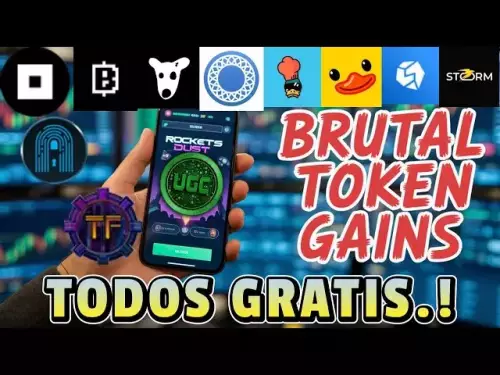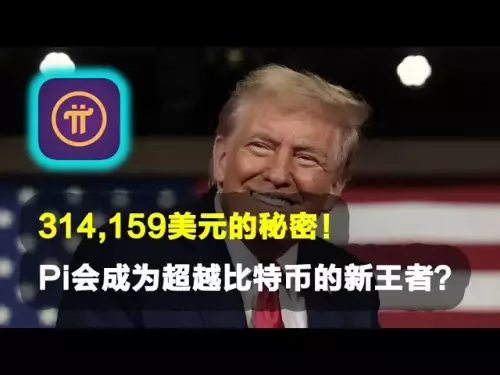 |
|
 |
|
 |
|
 |
|
 |
|
 |
|
 |
|
 |
|
 |
|
 |
|
 |
|
 |
|
 |
|
 |
|
 |
|
Cryptocurrency News Articles
Layer 1 Tokens Face Scrutiny: Can They Live Up to Hard Money Aspirations?
Apr 05, 2024 at 02:51 pm
Crypto analyst Willy Woo questions the potential of Layer 1 (L1) networks to become hard money, comparing them to computing environments that evolve over time. Woo notes that Bitcoin's scripting language is more of a protocol, while L1 networks like Ethereum and Solana are more like computing environments that may fall out of favor as application needs change.

Layer 1 Tokens: The Enigma of Hard Money Aspirations
In a recent thought-provoking analysis, prominent crypto analyst Willy Woo has cast doubt on the potential of Layer 1 (L1) networks, such as Ethereum, Solana, and Radix, to fulfill the coveted role of "hard money." His skepticism stems from historical precedents that suggest the transient nature of computing environments as technology evolves.
Woo, a respected figure in the cryptosphere, took to social media to express his concerns. He likened L1 networks to ever-changing computing environments, where the dominance of programming languages and paradigms waxes and wanes in response to technological advancements.
"Ethereum is great for sending Tether every other week, but I can also use other chains for that. Bitcoin, on the other hand, has a scripting language, but it's more of a protocol," Woo observed.
He cited the example of Fortran, a high-level programming language that reigned supreme in the 1950s and 1960s. Yet, its popularity dwindled with the advent of Web2 technologies, which favored JavaScript's suitability for the internet environment.
"Most big apps today use multiple languages, each tailored to specific subsystems. Remember Fortran? Who uses it now?" Woo queried.
Woo's skepticism extends to the nature of holding Bitcoin. He likened the experience to enduring hardships 75% of the time, followed by exhilarating rewards for the remaining 25%. This volatile pattern, he argues, undermines the stability typically associated with hard money.
The analyst's commentary has sparked a lively debate within the crypto community. Some have echoed Woo's concerns, citing the historical transience of technological paradigms. Others, however, remain optimistic about the potential of L1 tokens to evolve and adapt to changing market conditions.
The question of whether L1 tokens can truly become hard money remains an open one. Ultimately, the answer may lie in the interplay between technological innovation, market dynamics, and the ever-evolving needs of the blockchain ecosystem.
As the crypto landscape continues to evolve at an unprecedented pace, it is essential to critically assess the potential of different technologies to meet the demanding requirements of hard money. Only time will tell whether L1 tokens can rise to the challenge or if they are destined to become mere relics of a bygone technological era.
Disclaimer:info@kdj.com
The information provided is not trading advice. kdj.com does not assume any responsibility for any investments made based on the information provided in this article. Cryptocurrencies are highly volatile and it is highly recommended that you invest with caution after thorough research!
If you believe that the content used on this website infringes your copyright, please contact us immediately (info@kdj.com) and we will delete it promptly.





























































